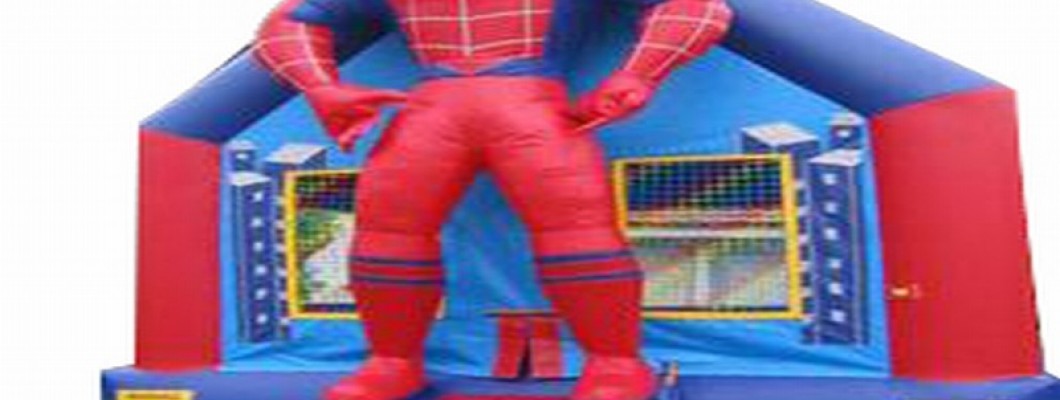
Setting up a bounce house on your lawn can provide hours of fun for children, but it’s important to be mindful of how it may affect your grass. Prolonged use of a bounce house can potentially damage your lawn, but there are several strategies you can employ to minimize this impact and keep your grass healthy. Here’s how you can protect your lawn while enjoying the bounce house:
1. Use Protective Mats or Tarps
One of the most effective ways to reduce grass damage is to place protective mats or tarps under the bounce house. These mats help distribute the weight of the bounce house more evenly, reducing direct pressure on the grass and minimizing soil compression. Ensure that the mats are large enough to cover the entire area where the bounce house will be set up.
2. Rotate Bounce House Locations
Moving the bounce house to different areas of your lawn can help prevent concentrated damage. By rotating the bounce house location, you allow different parts of the lawn to recover from the pressure and stress. This practice can help maintain the overall health of your grass and prevent the formation of bare spots.
3. Allow for Recovery Time
After removing the bounce house, give your lawn time to recover. Avoid placing heavy objects or setting up the bounce house in the same spot immediately after removal. Allowing the grass to rest and regain its health is essential for maintaining a lush and green lawn.
4. Aerate the Soil
Aerating the soil can improve air and water flow to the grass roots, which can help mitigate the effects of soil compression caused by the bounce house. Use a lawn aerator to create small holes in the soil, which promotes better root growth and enhances the overall health of your lawn.
5. Maintain Proper Lawn Care
Regular lawn maintenance practices, such as watering, fertilizing, and mowing, play a crucial role in keeping your grass healthy and resilient. Ensure that your lawn is properly watered and fertilized to support recovery from any temporary stress caused by the bounce house.
6. Avoid Setting Up on Newly Seeded Grass
Refrain from setting up a bounce house on newly seeded or freshly sodded grass. New grass is more susceptible to damage and may not withstand the pressure of the bounce house. Allow the grass to establish itself fully before using a bounce house on the lawn.
7. Monitor Weather Conditions
Be mindful of weather conditions when setting up the bounce house. Avoid placing it on wet or muddy grass, as this can increase the risk of grass damage and make recovery more difficult. Wait for the grass to dry out and stabilize before setting up the bounce house.
8. Choose an Appropriate Setup Time
If possible, set up the bounce house during times when the lawn is less likely to be stressed, such as after a period of growth or when the lawn is in its peak season. Avoid using the bounce house during periods of drought or extreme heat, as these conditions can exacerbate grass stress.
9. Inspect and Repair Grass
Regularly inspect your lawn for signs of damage and address any issues promptly. Repair any bare spots or stressed areas with grass seed or lawn repair products to encourage healthy regrowth and maintain the overall appearance of your lawn.
10. Educate Users
Educate users, especially children, about safe play practices to reduce the risk of excessive wear and tear on the grass. Encourage gentle play and avoid roughhousing that could contribute to grass damage.
Conclusion
By implementing these strategies, you can minimize grass damage and keep your lawn in good condition while still enjoying the fun of a bounce house. Proper preparation, regular maintenance, and mindful use are key to protecting your grass and ensuring a healthy, vibrant lawn.
